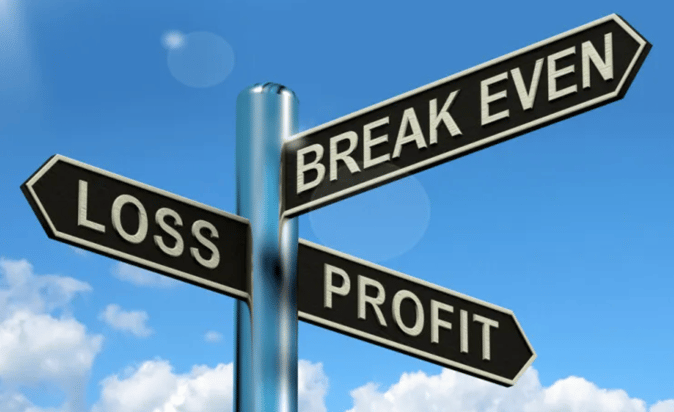The Significance of Break Even in Business Operations
1/28/20242 min read


Break Even is a crucial concept in business that defines the point at which a company neither acquires a profit nor a loss. It marks the threshold between financial viability and potential insolvency, making it a pivotal metric for all businesses, no matter the size or industry. Let’s discuss the importance of Break Even and its role in covering fixed costs, determining profitability. and helping decision-makers in strategic planning.
Covering Fixed Costs
At its core, Break Even signifies the stage at which a business sells enough units to cover its fixed costs. Fixed costs encompass expenses that do not vary with the level of production or sales, such as rent, salaries, and insurance. Achieving these Break Even points ensures that a company is, at the very least, covering its expenses. This is a critical milestone as it prevents the business from operating at a loss, providing a baseline of financial stability.
Path to Profitability
Break Even goes beyond avoiding any losses; it marks the threshold where a business transitions from covering fixed costs to generating profits. With each sale made beyond the Break Even point, a portion of the revenue directly enhances the overall profitability. The difference between the unit price (revenue) and unit variable costs, often referred to as the unit contribution, becomes a positive financial stream that adds to the profitability of the business. Therefore, Break Even serves as a gateway to sustained financial success.
Strategic Decision-Making
Marketers and CFOs find Break Even analysis invaluable for strategic decision-making. Understanding the point at which a business becomes profitable allows organizations to set realistic sales targets and pricing strategies. There are two categories of Break Even analysis—Unit Breakeven and Revenue Breakeven—each providing valuable perspectives into the financial dynamics of the business. Unit Breakeven involves determining the number of units that need to be sold to cover fixed costs. This metric guides production and sales teams in setting achievable targets, helping them align their efforts with the company's financial objectives. On the other hand, Revenue Breakeven identifies the sales volume required to cover fixed costs, offering a broader perspective for executives to gauge overall financial health and make informed decisions about scaling operations.
To sum up, Break Even stands as a pivotal element in the financial framework of every business. Beyond being a point of financial equilibrium, it signifies the transition from covering fixed costs to profitability. The ability to analyze and understand Break Even points empowers businesses to make informed decisions, set realistic goals, and navigate the complex terrain of operational sustainability. As a guiding metric, Break Even ensures that businesses not only survive but thrive in the dynamic and competitive world of commerce.
